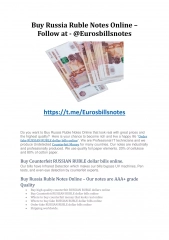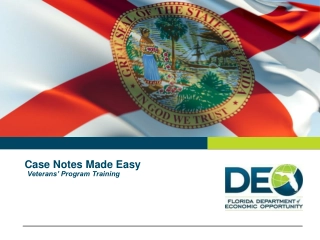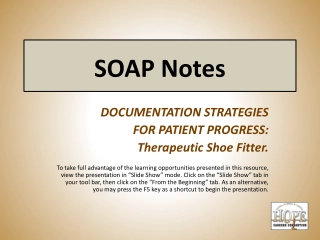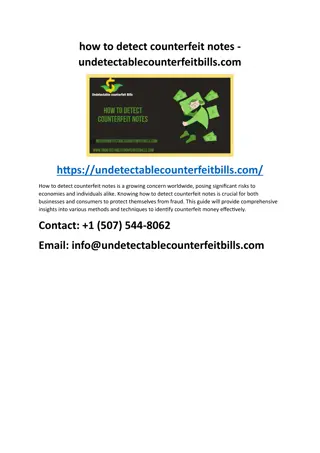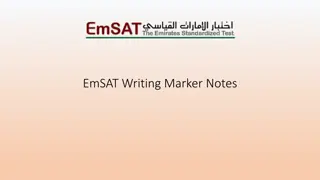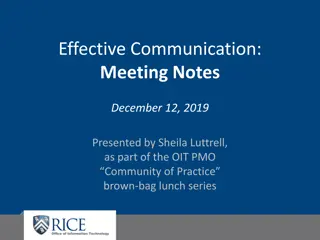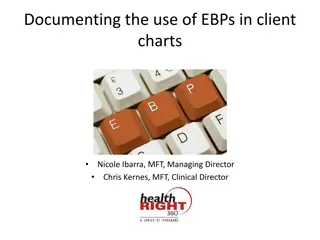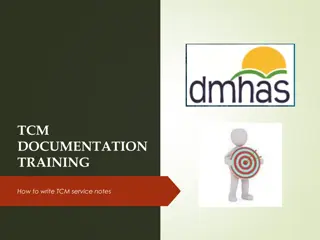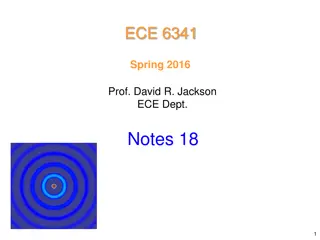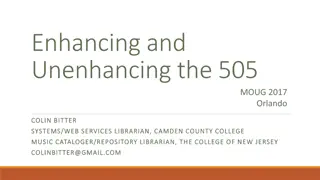
Recombinant DNA: Harnessing Genetic Modification for Advancements
Explore the realm of recombinant DNA, the art of merging genetic material from diverse sources like mice, humans, bacteria, and more. Delve into the possibilities such as curing diseases, enhancing food attributes, understanding human genetics, and even cell cloning. Uncover the process involving PCR, primer addition, and DNA replication cycles. Learn how restriction enzymes aid in cutting and recombining DNA for transformative applications.
Download Presentation

Please find below an Image/Link to download the presentation.
The content on the website is provided AS IS for your information and personal use only. It may not be sold, licensed, or shared on other websites without obtaining consent from the author. If you encounter any issues during the download, it is possible that the publisher has removed the file from their server.
You are allowed to download the files provided on this website for personal or commercial use, subject to the condition that they are used lawfully. All files are the property of their respective owners.
The content on the website is provided AS IS for your information and personal use only. It may not be sold, licensed, or shared on other websites without obtaining consent from the author.
E N D
Presentation Transcript
15.2 Recombinant DNA Or How to Mess with DNA for Fun and Profit http://image.ohmynews.com/down/images/1/kstone_384012_1%5b673260%5d.jpg
Recombinant DNA is what you get when you combine DNA from two different sources. For Example: Mouse + Human DNA Human + Bacterial DNA Viral + Bacteria DNA Human + (other) Human DNA Human + Spider DNA?
1. Cure or treat disease 2. Genetically modify our foods to increase flavor, yield, nutritional value, or shelf-life 3. Better understand human genetics 4. Clone cells or organs
Once biologists find a gene, a technique known as polymerase chain reaction (PCR) allows them to make many copies of it. 1. @A piece of DNA is heated, which separates its two strands.@
2. At each end of the original piece of DNA, a biologist adds a short piece of DNA that complements a portion of the sequence. These short pieces are known as primers because they prepare, or prime, a place for DNA polymerase to start working.
3. @ DNA polymerase copies the region between the primers.@ These copies then serve as templates to make more copies. 4. In this way, just a few dozen cycles of replication can produce billions of copies of the DNA between the primers.
Cut DNA using restriction enzymes Mix the cut DNA into other strand of DNA or the bacteria plasmid. Get new recombinant plasmid back into bacteria (Easy b/c bacteria take up DNA that s floating around, known as transformation) 1. 2. 3.
@Any piece of DNA cut with a certain restriction enzyme will stick to any other piece cut with that same RE@, even if they are different DNA pieces.
@A genetic marker is a gene that makes it possible to distinguish bacteria that carry the plasmid from those that don t.@ (Antibiotic resistant or fluorescence. This plasmid contains the antibiotic resistance genes tetrand ampr. Only those cells that have been transformed survive, because only they carry the resistance gene.
How can genes from one organism be inserted into another organism?
The universal nature of the genetic code makes it possible to construct organisms that are transgenic, containing genes from other species. @Transgenic organisms can be produced by the insertion of recombinant DNA into the genome of a host organism.@ Like bacterial plasmids, the DNA molecules used for transformation of plant and animal cells contain genetic markers that help scientists identify which cells have been transformed.
A clone s a member of a population of genetically identical cells produced from a single cell The technique of cloning uses a single cell from an adult organism to grow an entirely new individual that is genetically identical to the organism from which the cell was taken. Clones of animals were first produced in 1952 using amphibian tadpoles. In 1997, Scottish scientist Ian Wilmut announced that he had produced a sheep, called Dolly, by cloning.


